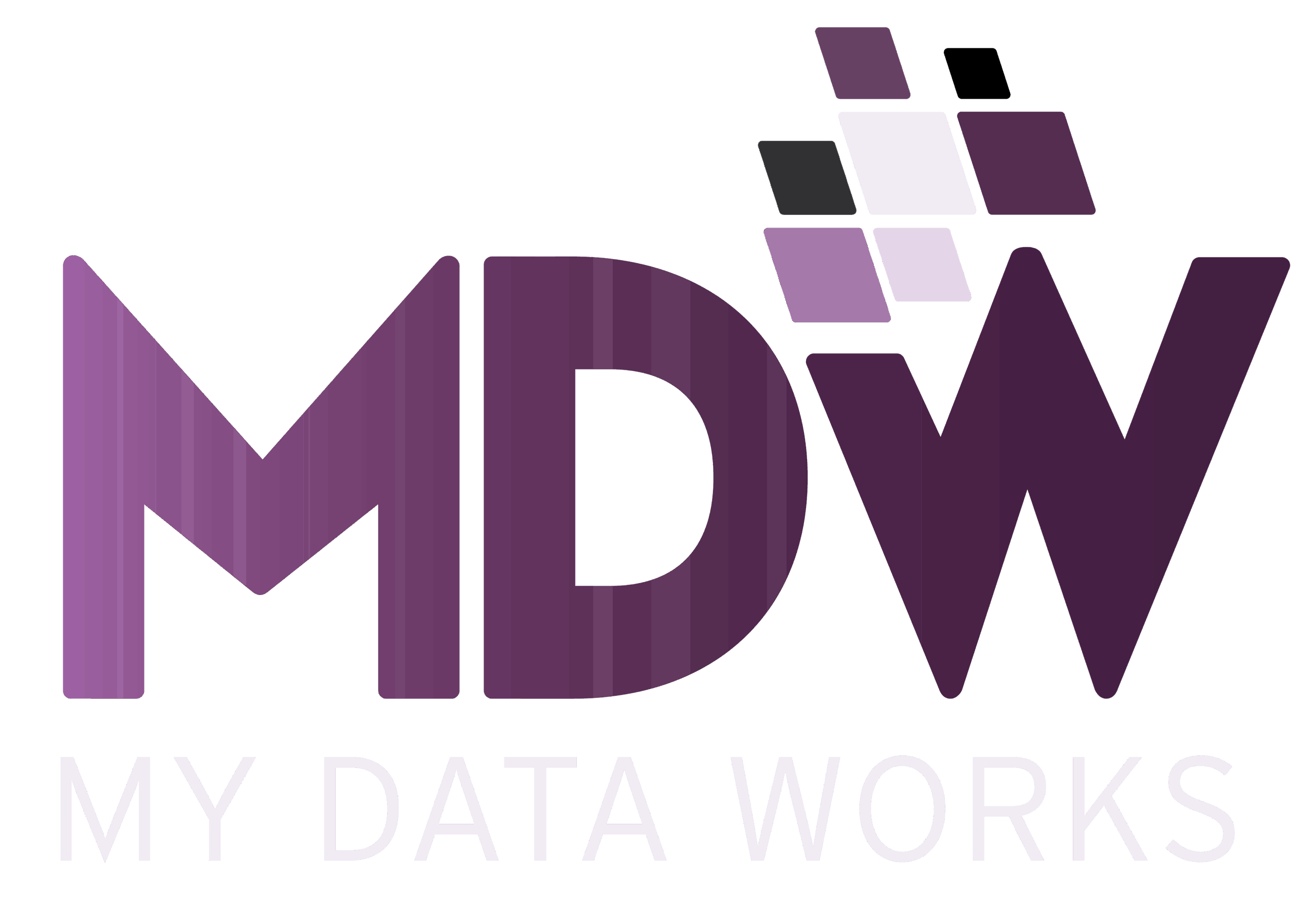Purview: Creating a Modern Data Governance Strategy with Microsoft
With the global news cycle focused on COVID and the U.S. elections, one announcement nearly went unnoticed. In early December, Microsoft launched a new data governance service: Azure Purview, a cornerstone for any modern data governance strategy.
Microsoft CEO Satya Nadella introduced the product during the digital event “Shape Your Future with Azure Data and Analytics.” The session reviewed Microsoft’s vision for the future of data in the coming years. In short, it explained how Azure can help organizations make better strategic business decisions through data and analytics.
The most important news from the event was the arrival of a dedicated governance tool: Azure Purview.
Does Your Company Need a Data Governance Layer?
Until now, Microsoft’s modern data warehouse architecture lacked a governance brick. With Azure Purview, this gap is filled.
Some might argue Microsoft already addressed governance with tools like Microsoft Data Catalog or Power BI Data Source Management. However, these lacked precise data lineage capabilities and were not designed for modern architectures.
In most projects we have worked on, as soon as the architecture grows, business users begin to lack key features such as:
- A unified service to manage on-premises, multi-cloud, and SaaS data
- A classification tool to label sensitive data
- A data dictionary for business or technical search
- A graphical interface showing clear data lineage
Challenges in Building Your Modern Data Warehouse
At MDW, we believe designing a modern data warehouse must also include a change management project, because the impact spreads across the entire organization.
End users include C-level management, analysts, data scientists, and report consumers. When calculating ROI, companies need to include the intangible benefits of governance.
This type of project requires investment in two areas:
- People. Training is necessary. Some will take on new roles, such as data stewards, while others will share data ownership.
- Processes. The organization must shift from a siloed approach to a data-driven model.
Turning Change Into Tangible Benefits
Azure Purview helps transform these investments into measurable assets. For example:
Data Monetization – Treating Data as an Asset
Azure Purview can serve as a data monetization tool, allowing organizations to calculate the price of their data assets.
Business User Productivity
Even with advanced analytics, productivity suffers without governance. Purview allows users to quickly discover the data they need.
Operational Productivity
Clear roles and responsibilities prevent “ping-pong” ownership issues. Better quality and connected processes improve efficiency.
Risk Mitigation
Governance is essential for compliance and audits. Purview provides visibility into lineage, ownership, and consumption. This supports regulations like GDPR and the CCPA.

Purview as a Data Governance Tool
This is not a technical tutorial on building glossaries, classifications, or lineage. Many excellent guides already exist. Instead, we provide a conceptual overview.
In simple terms, Azure Purview is a unified governance platform. It automates discovery, cataloging, and lineage tracking. It also helps organizations ensure compliance with GDPR, CCPA, and other regulations.
Azure Purview has three main components:
1) Data Discovery, Classification, and Mapping
Purview Data Map automates metadata management from 15 hybrid sources. You can classify and label consistently across SQL Server, Azure, Microsoft 365, and Power BI.
The Data Catalog provides default classifications for personal data. You can also create custom classifications.


2) Data Catalog for Easy Discovery
Consumers can browse sources via an explorer view. Once scanned, the data map extracts structure and builds a hierarchical namespace for discovery.


3) Data Lineage and Insights
When connected to Azure Data Factory, Purview collects lineage automatically. Organizations can see how data flows into analytics and reports.
After a scan, Asset Insights displays distribution, classifications, and data size changes.

In Azure Purview, you can register and scan source types. Once the scan is complete, you can view the asset distribution in Asset Insights, which details the state of your data estate by classification and resource sets. It also summarizes any changes in the data size.

Purview as a Data Monetization Tool
Purview’s Apache Atlas Open API makes the Data Map extensible. You can push metadata, enrich lineage, and build cost allocation models.
Examples include:
- Cost. Attach external price plans (e.g., Bloomberg). Use Azure Cost Management API for Azure assets.
- Security groups. Retrieve ACLs for folders, databases, and reports.
- Recipient users. Use Microsoft Graph API to link groups to users.
- Cost strategy. Define cost-splitting rules between data consumers.

With a Power Apps front end, this model becomes an automated allocation tool, linking costs directly to data consumption.
💡 Did you know?
You can extend the model to manage subscriptions across providers like Bloomberg, S&P, and Reuters.
Currently, only a limited number of sources can be registered. Azure, Power BI, and SQL sources are already supported. By January 2021, additional non-Azure sources will be added.

Next Steps for Your Governance Strategy
Throughout this blog post, we discussed the importance of data governance in the implementation of a modern data warehouse and how Azure Pureview can help you calculate the ROI of the whole project. To achieve better results, your company should follow these steps:
- 1. Define a data governance strategy;
- 2. Design a change management plan;
- 3. Create roles, responsibilities, and rules;
- 4. Maximize information availability;
- 5. Design data governance metrics and reporting requirements.
Work With a Trusted Partner
Every organization needs a partner who shares a data-driven approach.
At MDW, we are a triple Microsoft Gold Partner. Our team of data engineers and architects helps clients:
- Define cloud and governance strategies
- Design modern data warehouse and lakehouse architectures
- Implement every layer, including Azure Purview
Contact us to build your data governance strategy and turn information into measurable business value.






